Predictive Dialer vs Power Dialer: Which to Choose?
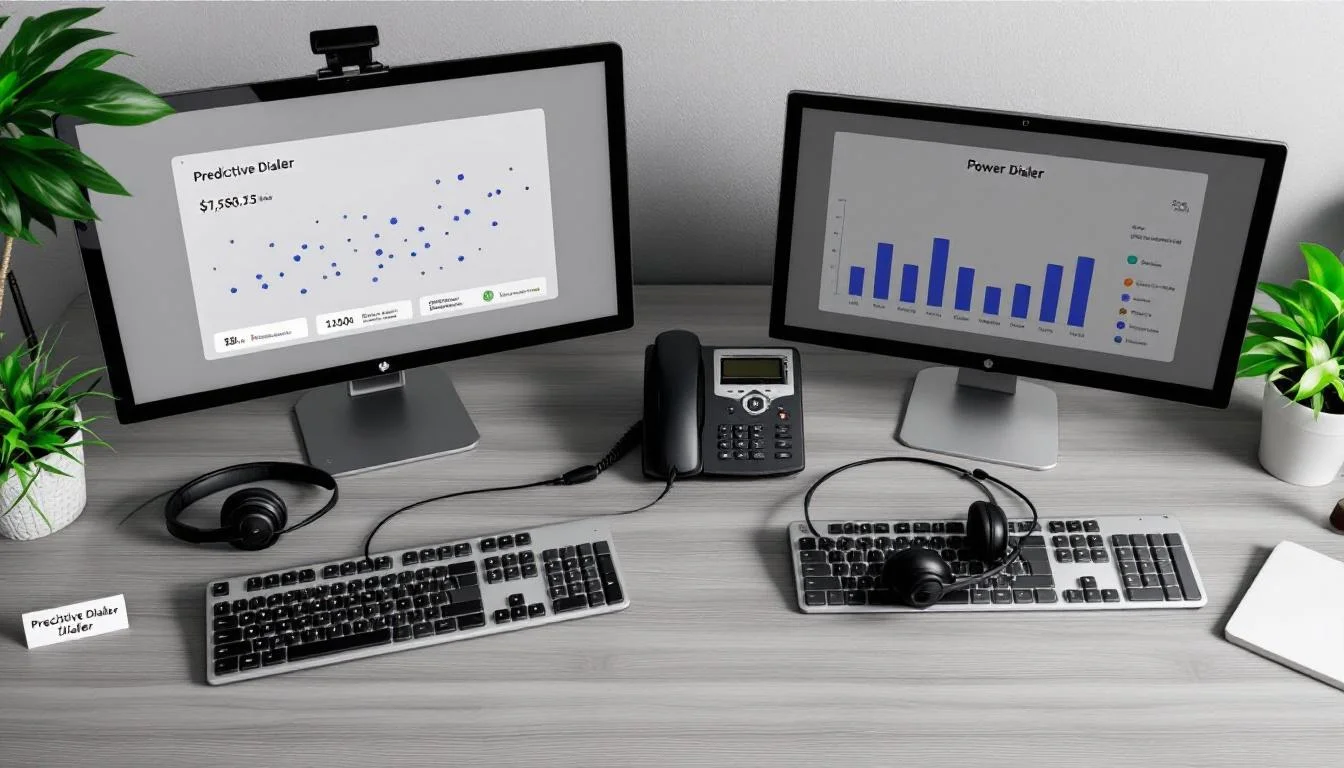
At Drop Cowboy, we often get asked about the differences between predictive dialers and power dialers. These two tools are essential for businesses looking to streamline their outbound calling processes.
In this post, we’ll break down the key features, advantages, and limitations of both predictive dialers vs power dialers. We’ll also provide guidance on which option might be best for your specific business needs.
What Are Predictive Dialers?
Predictive dialers are automated calling systems that transform high-volume outbound calling campaigns. These advanced tools use algorithms to forecast agent availability and dial multiple numbers simultaneously, connecting only answered calls to available agents.
How Predictive Dialers Function
Predictive dialers analyze factors such as average call duration, time of day, and historical data to optimize dialing patterns. They minimize agent idle time by ensuring a steady stream of connected calls. For example, if the system predicts a 25% answer rate, it might dial four numbers for every expected answered call.
Efficiency Boost with Predictive Dialers
The main advantage of predictive dialers is their ability to increase call volume and agent productivity dramatically. Industry data shows these systems can make up to 110 calls per hour (a significant improvement over manual dialing). This efficiency translates to more conversations and potentially higher conversion rates.
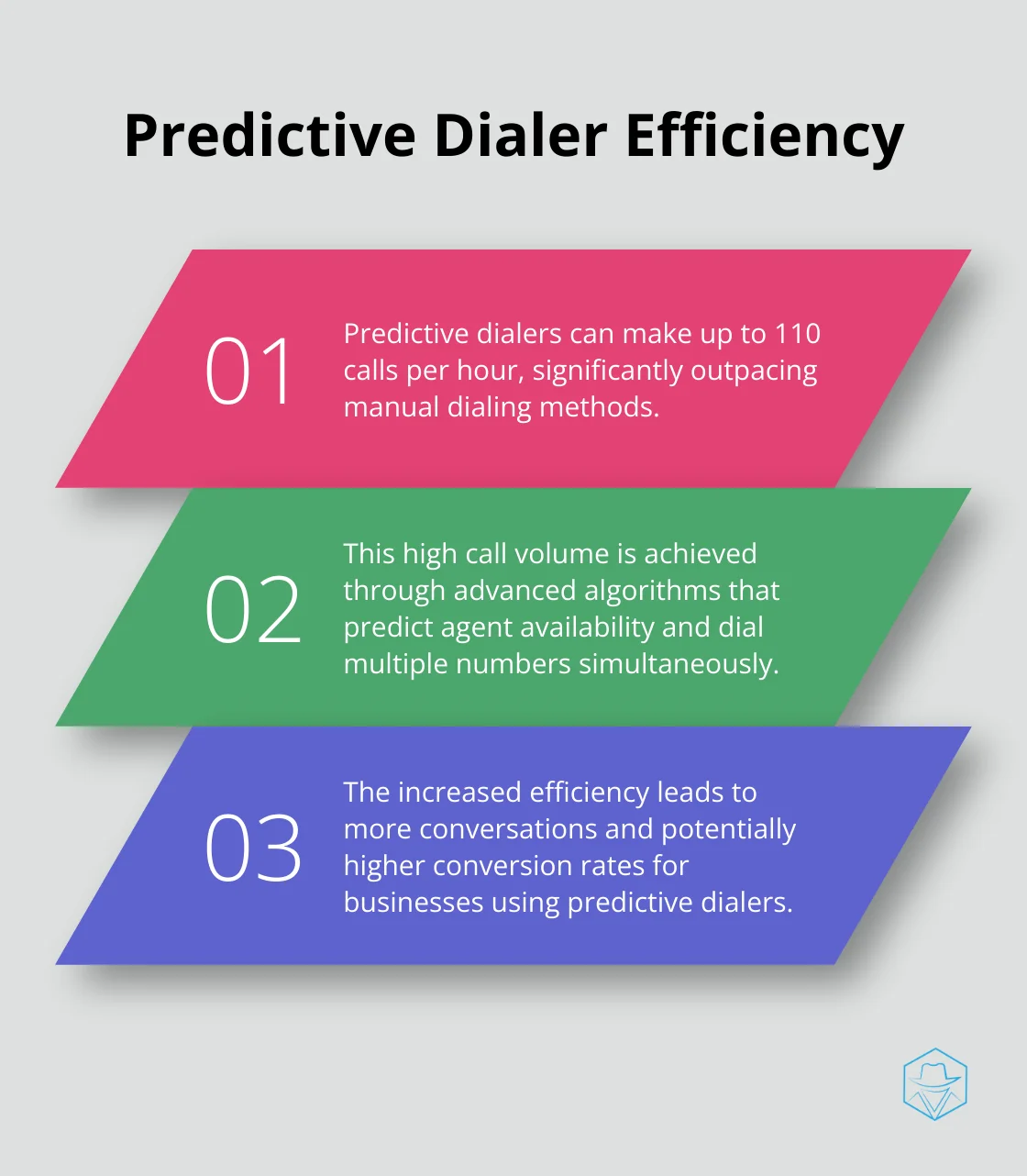
Challenges of Predictive Dialers
While predictive dialers offer impressive benefits, they present challenges. The Telephone Consumer Protection Act (TCPA) mandates that abandoned calls should not exceed 3% of live answered calls. Users must balance efficiency with compliance. Additionally, the lack of personalization can be a drawback for businesses that focus on relationship-building rather than pure volume.
Compliance and Personalization Considerations
Predictive dialers require careful management to maintain compliance with regulations like the TCPA. Users must monitor abandon rates closely and adjust dialing parameters as needed. For businesses that prioritize personalized customer interactions, predictive dialers may not be the ideal solution. These systems excel in high-volume scenarios but may fall short when it comes to building individual customer relationships.
As we move forward, let’s explore power dialers and how they differ from predictive dialers in functionality and use cases.
What Are Power Dialers?
Definition and Core Functionality
Power dialers are automated calling systems that streamline outbound calling processes for sales teams and call centers. These systems dial one number at a time, moving to the next number only after the previous call ends. This approach ensures that an agent is always available when a call connects, minimizing the risk of abandoned calls and maintaining compliance with regulations like the Telephone Consumer Protection Act (TCPA).
Operational Mechanics
Power dialers automatically dial numbers from a pre-loaded list, connecting agents to live answers and skipping busy signals, voicemails, and disconnected numbers. This process eliminates manual dialing, which saves agents 15-30 seconds per call (a significant time-saving measure in high-volume calling environments).
Key Benefits
Power dialers strike a balance between efficiency and personalization. Sales professionals using power dialers can reach up to 80 contacts per hour, which boosts productivity without sacrificing the quality of interactions. These systems also support better lead management through integration with Customer Relationship Management (CRM) systems. This integration allows agents to access crucial information about prospects before and during calls, enabling more personalized and effective conversations.
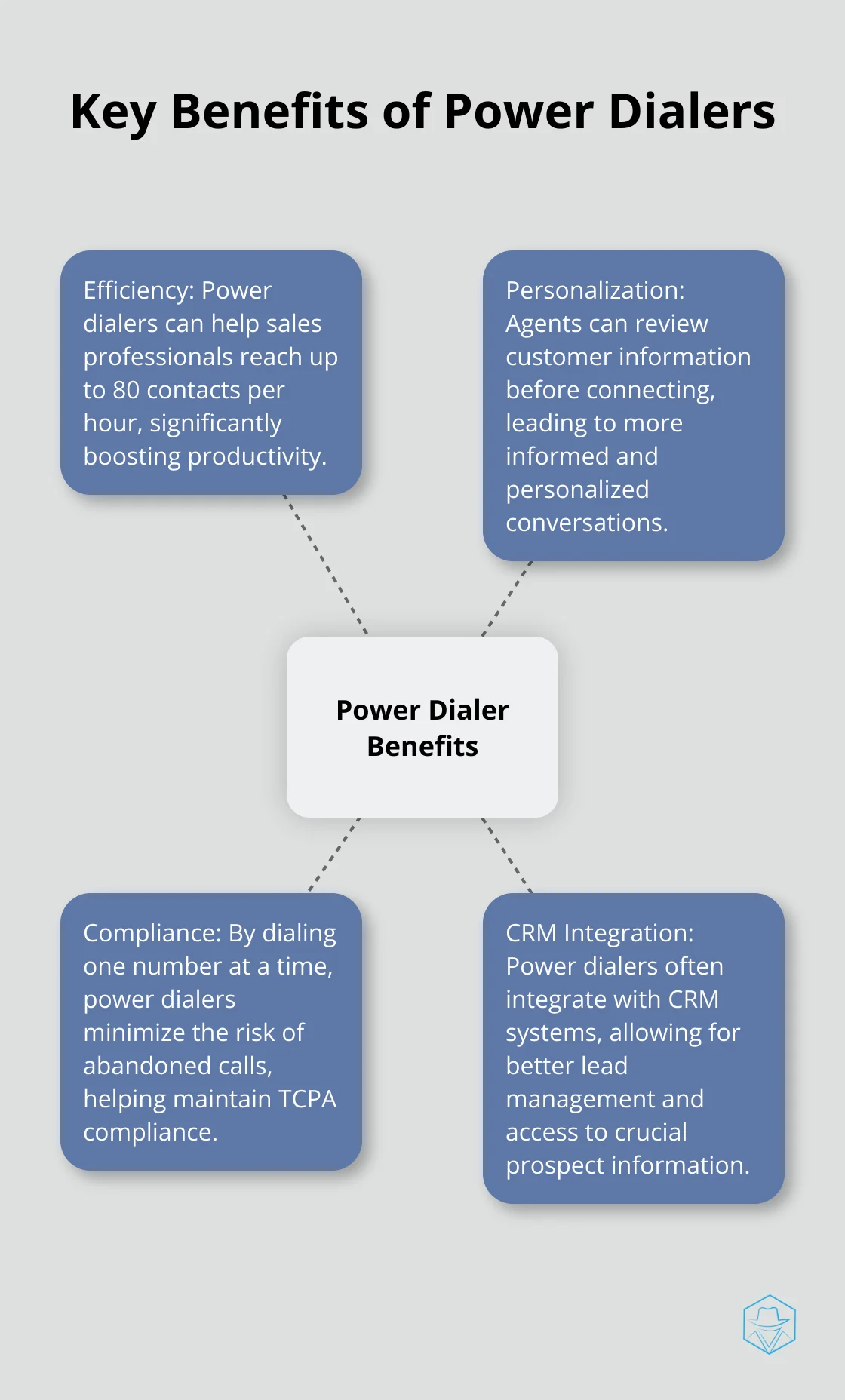
Limitations and Considerations
While power dialers offer numerous benefits, they have limitations. For high-volume campaigns, power dialers may not match the efficiency of predictive dialers. They suit businesses that prioritize quality over quantity in their outreach efforts. The effectiveness of a power dialer also depends heavily on the quality of the contact list. Poor data can result in wasted time and resources, even with the automation provided by the dialer.
Ideal Use Cases
Power dialers work best for small to mid-sized teams focused on creating personable conversations rather than sheer volume. They excel in scenarios where each call requires a level of personalization or where compliance with calling regulations is a top priority. Industries such as real estate, financial services, and high-value B2B sales often find power dialers to be the ideal solution for their outreach needs.
As we compare power dialers to predictive dialers, it’s important to understand the key differences in functionality and efficiency. Let’s explore how these two types of dialers stack up against each other in various aspects of outbound calling operations.
Predictive vs Power Dialers: Which Fits Your Needs
Functionality and Efficiency
Predictive dialers excel in high-volume environments. They make up to 110 calls per hour, outpacing power dialers significantly. This efficiency stems from their ability to dial multiple numbers simultaneously, using algorithms to predict agent availability. However, this approach can increase abandoned calls, potentially causing compliance issues with regulations like the TCPA.
Power dialers dial one number at a time, moving to the next only after the previous call ends. While this method results in fewer calls per hour (around 80), it ensures an agent is always available when a call connects. This approach minimizes abandoned calls and supports more personalized interactions.
Call Quality and Personalization
Power dialers thrive in scenarios where call quality trumps quantity. They allow agents to review customer information before connecting, leading to more informed and personalized conversations. This feature proves particularly valuable in industries like real estate or high-value B2B sales, where each interaction carries significant weight.
Predictive dialers, while efficient, can create a disconnect between the agent and the caller. The rapid-fire nature of calls can leave agents scrambling to gather context, potentially impacting the interaction quality.
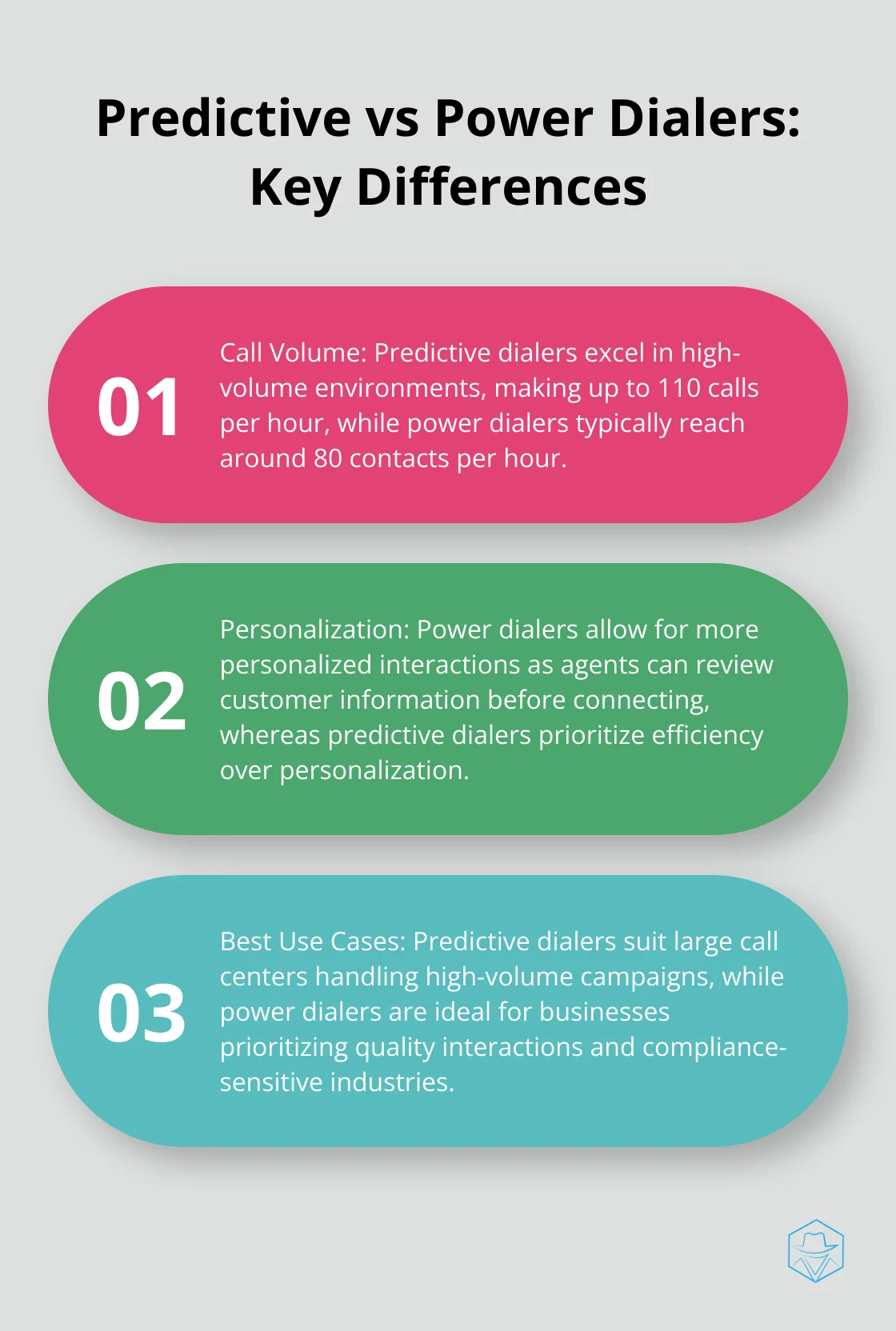
Cost and Scalability
Cost considerations vary based on team size and call volume. Predictive dialers often require a larger upfront investment due to their complex algorithms and setup. They also typically need a larger team to operate effectively (some sources suggest a minimum of six agents for optimal performance).
Power dialers prove more cost-effective for smaller teams or businesses with lower call volumes. They require less initial setup and scale more easily as the business grows. However, for large-scale operations, the efficiency gains of predictive dialers can offset their higher initial costs.
Best Use Cases
Predictive dialers suit large call centers handling high-volume campaigns such as market research, debt collection, or political canvassing. Their ability to maximize agent talk time makes them cost-effective for operations where quantity is key.
Power dialers fit businesses prioritizing quality interactions, such as sales teams in consultative industries or customer service departments handling complex inquiries. They also work better for compliance-sensitive industries where the risk of abandoned calls must remain minimal.
Choosing the Right System
The choice between predictive and power dialers should align with your specific goals, team size, and the nature of your customer interactions. Consider factors like call volume, personalization needs, and compliance requirements when making your decision.
(For businesses focusing on ringless voicemail and SMS marketing, Drop Cowboy offers specialized solutions that complement traditional dialing systems.)
Final Thoughts
Predictive dialers and power dialers offer distinct advantages for businesses aiming to optimize their outbound calling processes. The choice between a predictive dialer vs power dialer depends on factors such as business size, call volume, and the nature of customer interactions. Large call centers handling massive campaigns benefit from predictive dialers, while smaller teams or businesses valuing personalized conversations find power dialers more suitable.
The right dialing system significantly impacts outbound calling success. Predictive dialers maximize efficiency and agent talk time in high-volume environments, whereas power dialers ensure quality interactions and maintain compliance with regulations like the TCPA. Your decision should align with your specific goals, team structure, and compliance requirements to drive outbound calling success and achieve business objectives.
Drop Cowboy offers innovative communication solutions to complement your dialing strategy. Our cutting-edge ringless voicemail and SMS marketing tools enhance outreach efforts, providing additional channels to connect with your audience effectively. These features work alongside both predictive and power dialers to create a comprehensive outbound communication strategy.
blog-dropcowboy-com
Related posts
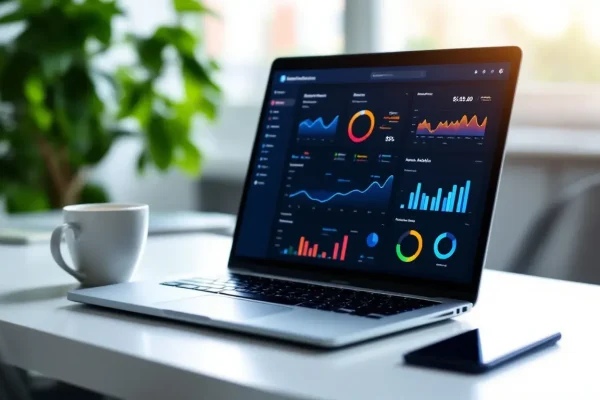
April 4, 2025
Real-World Example of Marketing Automation in Action
Explore an example of marketing automation that boosts efficiency and results. Learn how successful companies implement automation in their strategies.
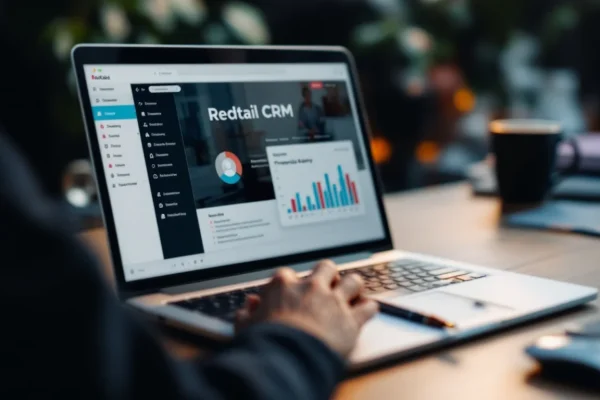
May 27, 2025
Redtail CRM: Streamline Your Financial Advisory Practice
Streamline your financial advisory practice with Redtail CRM and boost efficiency, client management, and team collaboration effectively.

July 20, 2025
White Label iPaaS: Opportunities for Service Providers
Explore White Label iPaaS opportunities for service providers and learn how it can enhance your service offerings and boost client satisfaction.
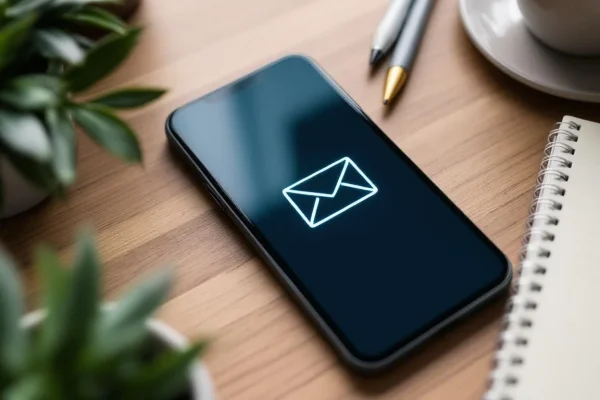
August 4, 2025
What does it mean when your call goes straight to voicemail
Explore what it means when your call goes straight to voicemail and learn why it happens. Get practical tips to avoid missing vital connections.
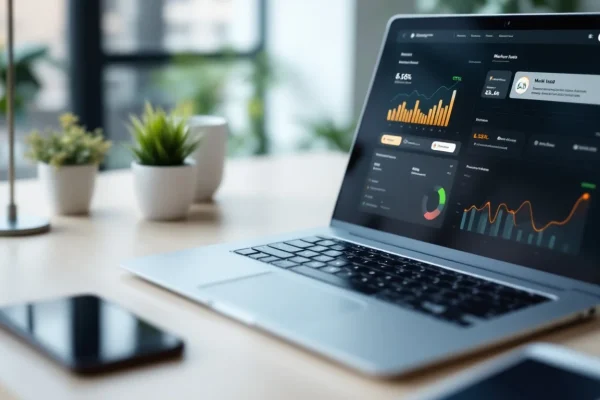
May 8, 2025
Marketing Automation for Real Estate: Boost Sales
Boost real estate sales by exploring top marketing automation techniques. Discover the best marketing automation certification for growth.
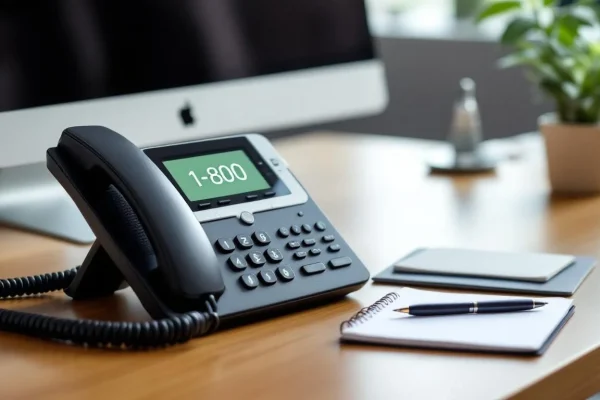
August 7, 2025
Toll Free Numbers in the United States
Discover how toll free numbers in the United States enhance customer interactions, boost accessibility, and build trust for your business.